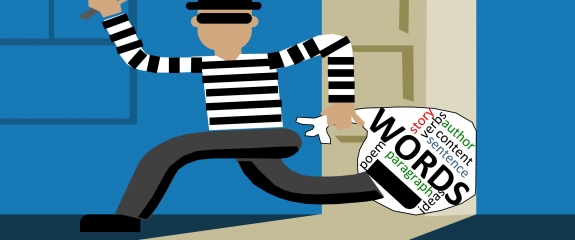Good But Not Original!

Plagiarism has long been a source of contention in research – Newton and Leibniz spent decades accusing each other of stealing ideas. Time has moved on, but the problem remains. The issue of plagiarism is of growing concern within biomedical and life science research. As a result, most major academic publishers now use plagiarism detection software. Importantly, even in cases of coincidental similarity, when detected, the author is always assumed to be guilty of attempted deception. Can you navigate safely through this important stage of the article submission process? Do you know enough about plagiarism to avoid unwarranted accusations of intellectual theft? Are you at risk of over-zealous plagiarism detection software?
In this Insider's Insight we provide some helpful sugestions and resources. For example, a useful way to avoid accidental plagiarism is to find your own writing style. Although academic writing should principally focus on clarity and content, writing in a voice that comes naturally to you will reduce the likelihood of coincidental similarities with existing work - though you will still be prone to self plagarism. Remember, if you work carefully and have a working understanding of what plagiarism is, it is unlikely that you will commit it accidentally. Therefore, although the penalties are severe, you should not be afraid of using a wide variety of sources.
Want to know about previous topics that have appeared in our Insider's Insights? Past issues can be downloaded from the Niche Science & Technology website where you can register for future guides.


